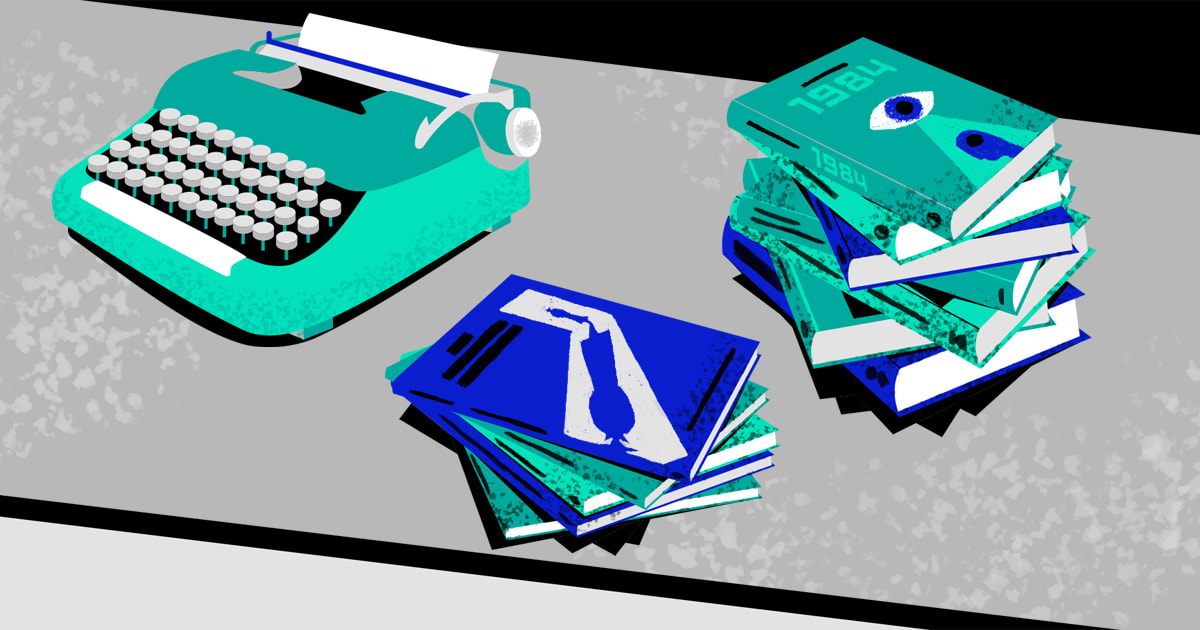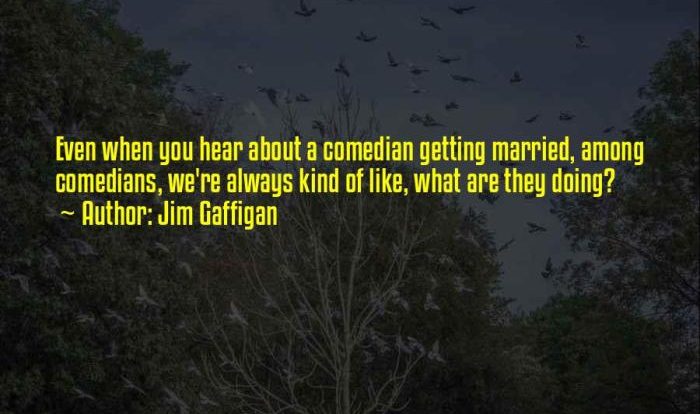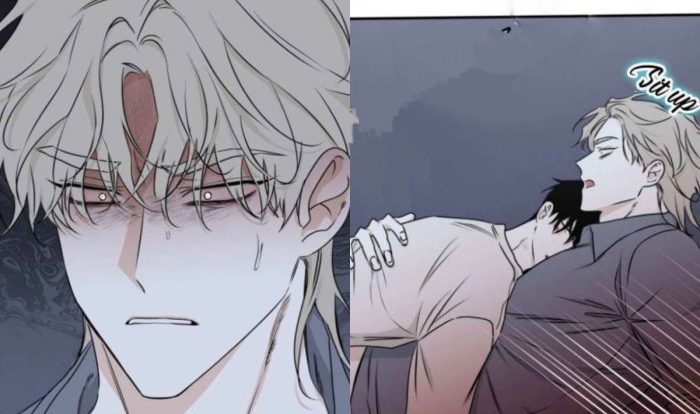Novel and short story difference – In the realm of storytelling, the novel and short story stand as distinct literary forms, each possessing unique characteristics that shape their impact on readers. This exploration delves into the fundamental differences between these two genres, examining how length, complexity, and scope influence their narrative structures, character development, and overall impact.
From the sprawling landscapes of epic novels to the concise and poignant tales of short stories, this journey uncovers the intricacies of these literary forms, revealing the art and craft behind their creation.
Core Differences
Novels and short stories, though both forms of fiction, exhibit fundamental differences in length, complexity, and scope. These variations significantly impact storytelling techniques, character development, and plot structure.
Length and Storytelling Techniques
Novels, typically spanning hundreds of pages, provide ample space for intricate plot development, detailed characterization, and exploration of multiple themes. In contrast, short stories, constrained to a limited word count, necessitate a concise, focused narrative. Authors must employ efficient storytelling techniques to convey their message effectively within a compact framework.
Character Development
The extended length of novels allows for in-depth character development. Authors can gradually reveal characters’ motivations, flaws, and relationships over the course of the narrative. Short stories, on the other hand, often feature characters with fewer dimensions due to the brevity of the form.
Plot Structure
Novels typically follow a complex plot structure with multiple subplots, rising action, climax, falling action, and resolution. Short stories, however, tend to adhere to a simpler, linear plot structure with a single, central conflict. This allows for a more streamlined and focused narrative.
Examples
- Novel: War and Peaceby Leo Tolstoy, known for its sprawling narrative and epic scope.
- Short story: “The Tell-Tale Heart” by Edgar Allan Poe, a classic example of a concise and suspenseful tale.
Narrative Structure
In the realm of storytelling, the narrative structure serves as the backbone upon which the tale unfolds. Novels and short stories, while both captivating forms of literature, exhibit distinct structural differences that shape their storytelling prowess.Novels, with their sprawling canvas, provide ample room for intricate and multi-layered plots.
Subplots intertwine, weaving a tapestry of events that span chapters and characters. Character arcs undergo profound transformations, unfolding gradually over the course of the narrative. Resolutions, often complex and satisfying, bring closure to the myriad threads that have been woven throughout the novel’s journey.Short
stories, in contrast, embrace a concise and impactful storytelling approach. Their narratives are streamlined, focusing on a singular event or a pivotal moment in time. Character arcs are often more concentrated, revealing essential truths or insights within the story’s compact framework.
Resolutions are typically swift and decisive, leaving a lingering resonance in the reader’s mind.
Subplots
In novels, subplots enrich the main narrative, providing additional depth and complexity. They introduce secondary storylines that intertwine with the central plot, adding layers of intrigue and conflict. Subplots can explore different perspectives, expand the world-building, or foreshadow upcoming events.Short
stories, due to their limited length, typically do not employ subplots. The narrative remains focused on a single, central event or conflict, allowing for a more concentrated and intense storytelling experience.
Character Arcs
Novels offer ample space for character arcs to develop and evolve. Characters undergo significant transformations as they navigate the challenges and triumphs of the plot. Their motivations, beliefs, and relationships are explored in depth, creating a sense of connection and empathy with the reader.In
short stories, character arcs are often more condensed. Characters may experience epiphanies or undergo subtle shifts in perspective within the confines of the narrative. However, the emphasis remains on capturing the essence of a character’s journey rather than delving into intricate transformations.
Resolution
Novels often feature elaborate resolutions that tie up loose ends and provide closure to the various plot threads. These resolutions can be complex, satisfying, or even bittersweet, leaving a lasting impression on the reader.Short stories, with their brevity, often employ swift and decisive resolutions.
These resolutions bring the narrative to a satisfying conclusion, leaving the reader with a sense of completion or lingering contemplation.
Character Development: Novel And Short Story Difference
The length of a novel and a short story significantly influences the depth and development of characters. Novels, with their ample space, allow for nuanced and multifaceted characters that evolve throughout the narrative. Short stories, on the other hand, often rely on archetypes or symbols to convey character traits due to their brevity.
Novels: Nuanced and Multifaceted Characters
Novels provide ample space for character development, allowing authors to explore complex motivations, inner struggles, and relationships. Characters evolve and transform over the course of the narrative, becoming more well-rounded and relatable. For example, in J.R.R. Tolkien’s “The Lord of the Rings,” Frodo Baggins undergoes a profound journey of self-discovery and courage.
Short Stories: Archetypes and Symbols
In contrast, short stories often rely on archetypes or symbols to convey character traits due to their limited length. Archetypes represent universal character types, such as the hero, the villain, or the wise old man. Symbols, on the other hand, represent abstract ideas or qualities, such as a dove representing peace or a snake representing temptation.
For example, in Edgar Allan Poe’s “The Tell-Tale Heart,” the unnamed narrator is an archetype of a madman, while the beating heart symbolizes his guilt.
Theme and Symbolism
Theme and symbolism play pivotal roles in both novels and short stories, albeit in distinct ways. Novels, with their expansive scope, allow for the exploration of intricate and abstract themes. Short stories, on the other hand, typically convey a single, focused message.
Symbolism
Symbolism is a powerful literary device employed in both forms to enhance meaning and create emotional impact. In novels, symbols can permeate the entire narrative, subtly reinforcing themes and character development. In short stories, symbols are often more overt, providing a concentrated burst of meaning within the limited space.
Writing Style
The writing style of a novel and a short story differs significantly due to the length of each form. Novels allow for more descriptive and elaborate prose, while short stories rely on conciseness and impact.
Descriptive Language, Novel and short story difference
In novels, authors can delve into detailed descriptions of characters, settings, and events. This allows readers to immerse themselves in the world of the story and connect with the characters on a deeper level. For instance, in Jane Austen’s “Pride and Prejudice,” the detailed descriptions of the Bennet family’s estate and the surrounding countryside provide a vivid backdrop for the story’s events.
Conciseness and Impact
Short stories, on the other hand, must be concise and impactful. Authors use precise language and vivid imagery to convey the essence of the story within a limited space. Ernest Hemingway’s “Hills Like White Elephants” is a classic example of a short story that uses concise language to create a powerful emotional impact.
Literary Devices
Both novels and short stories employ literary devices such as metaphors, similes, and imagery to enhance their writing. However, the use of these devices may vary depending on the length of the work. In novels, authors can use extended metaphors and elaborate similes to develop characters and create vivid scenes.
In short stories, authors must be more selective in their use of literary devices, often relying on brief, impactful imagery to convey meaning.
Audience and Purpose

Novels and short stories cater to distinct audiences with varying purposes. Novels, with their extensive length and intricate plots, captivate readers seeking an immersive and prolonged literary experience. Conversely, short stories offer a quick and impactful read, appealing to those with limited time or who prefer a concise narrative.
Entertainment
Both novels and short stories serve as primary sources of entertainment. Novels provide an escape into elaborate worlds and compelling characters, allowing readers to delve deeply into fictional realms. Short stories, on the other hand, offer a quick dose of entertainment, often with unexpected twists or thought-provoking endings.
Education
Novels and short stories can also be powerful educational tools. Historical novels offer insights into past events, while science fiction explores scientific concepts and social issues. Short stories, often used in classrooms, can introduce students to diverse perspectives and literary techniques.
Social Commentary
Novels and short stories have long been used as vehicles for social commentary. Authors use their works to explore societal issues, criticize injustices, and promote social change. Novels, with their extensive scope, can provide a comprehensive analysis of complex social issues, while short stories offer a concise and impactful way to raise awareness.
Historical Evolution
The novel and short story are literary forms that have evolved over centuries, influenced by cultural, societal, and technological changes.
The development of printing and literacy played a pivotal role in the emergence of these forms. Before the invention of the printing press, literature was primarily oral and circulated through manuscripts, limiting its accessibility.
Impact of Printing and Literacy
- Printing made books more widely available, fostering a reading culture and creating a demand for new literary forms.
- Literacy rates increased, allowing more people to engage with written works and develop a taste for storytelling.
- The proliferation of printed materials led to the standardization of language and the establishment of literary conventions.
Cultural and Societal Influences
Cultural and societal changes also shaped the evolution of the novel and short story.
- The rise of the middle class in the 18th century created a new audience for literature, leading to the development of novels that reflected their values and aspirations.
- Technological advancements, such as the invention of the typewriter, made it easier for authors to write and revise their works.
- Social and political movements, such as Romanticism and Realism, influenced the themes and styles of novels and short stories.
Contemporary Trends
The literary landscape of novels and short stories continues to evolve, shaped by technological advancements and evolving reader preferences.
Digital Publishing and Its Impact
The rise of digital publishing has transformed the distribution and consumption of novels and short stories. E-books and online platforms have made these forms more accessible to a global audience, breaking down geographical barriers and democratizing access to literature. Digital publishing has also fostered new models of authorship and readership, with self-publishing platforms empowering aspiring writers to reach their readers directly.
Emergence of New Genres and Subgenres
Contemporary novel and short story writing has witnessed the emergence of new genres and subgenres, reflecting the diverse interests and experiences of readers. These include:
- Afrofuturism:Explores the intersections of African culture, history, and technology.
- Climate Fiction:Addresses the impacts of climate change on society and the environment.
- New Weird:Blends elements of fantasy, science fiction, and horror, creating surreal and imaginative worlds.
- Flash Fiction:Extremely short stories, often under 1,000 words, that capture a moment or experience.
These emerging genres and subgenres reflect the changing tastes and perspectives of contemporary readers, offering fresh perspectives and challenging traditional literary conventions.
User Queries
What is the key difference between a novel and a short story?
The primary distinction lies in their length, with novels typically exceeding 40,000 words and short stories falling below 10,000 words.
How does length impact the narrative structure of these genres?
Novels allow for more complex and multi-layered plots, while short stories focus on concise and impactful storytelling, often relying on a single, focused message.
What are the advantages of reading both novels and short stories?
Novels provide an immersive and sustained reading experience, while short stories offer quick and impactful literary encounters, allowing readers to explore diverse themes and perspectives.

